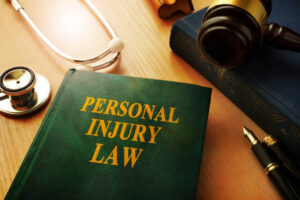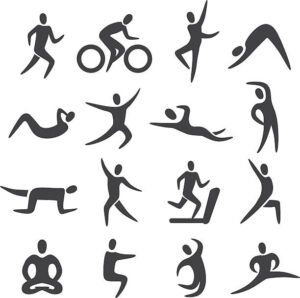Outdoor camps are a beloved tradition for children, teens, and even adults. They offer opportunities to connect with nature, build friendships, and develop independence through activities like hiking, swimming, canoeing, and team challenges. Yet along with the adventure comes a degree of risk. Accidents, injuries, and medical emergencies can occur far from hospitals or clinics, making preparedness essential. That’s why first aid and CPR training are vital components of camp safety programs. Camps that integrate these skills into staff preparation—and sometimes even into camper education—create environments that are both fun and safe.
Why Safety Is Central to Camps
Outdoor environments present unique challenges compared to traditional school or recreational settings. Uneven terrain, open water, wildlife, and remote locations all add to the risks. While most camp activities are supervised and carefully planned, emergencies can still happen. Whether it’s a sprained ankle on a trail, an allergic reaction at mealtime, or a sudden cardiac event, camps must be ready to respond. This level of readiness is not just about having medical supplies on hand—it’s about equipping people with the knowledge and confidence to use them.
The Role of Staff Training
Camp counselors and staff are often the first responders when accidents occur. Before camp begins, many undergo intensive training that includes first aid, CPR, and sometimes wilderness-specific survival skills. This ensures they can treat minor injuries like cuts and scrapes, recognize signs of more serious conditions like dehydration or hypothermia, and stabilize victims until professional help arrives. When staff feel confident in their skills, they are able to focus on providing a fun experience for campers while maintaining safety as a priority.
CPR and First Aid as Core Requirements
In many regions, certification in first aid and CPR is a mandatory requirement for camp employment. These certifications demonstrate that staff members are capable of handling emergencies and give parents reassurance that their children are in safe hands. Certification courses cover a wide range of scenarios, from choking and allergic reactions to cardiac arrest. Structured programs such as cpr certificate provide staff with both theoretical knowledge and hands-on practice, ensuring they are prepared to act decisively in real situations.
Building Camper Awareness
While most of the responsibility falls on staff, many camps also teach basic safety and first aid to campers. Activities like mock drills, interactive games, and role-playing scenarios help children learn how to respond to injuries or emergencies in age-appropriate ways. These lessons build confidence and encourage responsibility, while also reinforcing the idea that safety is a shared value within the camp community.
Specialized Training for Remote Camps
Some outdoor camps operate in particularly remote areas where medical assistance may take hours to arrive. In these cases, staff often receive advanced training in wilderness first aid. This includes learning how to improvise with limited resources, stabilize fractures, treat insect bites or stings, and manage medical issues without immediate evacuation. These additional skills prepare staff for the unique challenges of remote camp environments and ensure campers are well protected.
The Importance of AED Awareness
Automated External Defibrillators (AEDs) are increasingly being added to camp safety equipment. While cardiac emergencies are rare among children, staff and visitors may face such situations. Training ensures that everyone knows how to use an AED properly. Camps that include AED drills as part of their preparation strengthen their emergency readiness and align with broader community safety standards.
Integrating Safety Into Daily Life at Camp
Safety training is not just about isolated lessons or pre-season certifications—it is woven into daily camp life. From teaching campers to wear helmets during biking to reminding them to hydrate regularly, camp culture reinforces safe behaviors. Counselors model these practices consistently, turning safety into second nature. This daily reinforcement ensures that when an emergency does occur, both staff and campers are mentally prepared to respond quickly and effectively.
Parental Reassurance and Trust
Parents sending their children away for days or weeks at a time want assurance that safety comes first. Knowing that camp staff are certified in CPR and first aid provides peace of mind. It shows that camps are not only committed to fun and adventure but also to creating an environment where children are protected. Communication between camps and families about safety procedures further strengthens trust and helps parents feel comfortable with their decision.
Community and Team Benefits
First aid and CPR training also strengthen the bonds among staff. Training together builds teamwork, communication, and shared responsibility. This sense of unity is vital in stressful emergencies, where quick coordination is essential. By preparing as a group, camp staff gain not only individual confidence but also collective readiness, ensuring smoother responses when incidents occur.
Conclusion
Outdoor camps provide unforgettable experiences filled with exploration and growth. Yet these environments also present risks that require careful preparation. By integrating first aid and CPR training into staff development—and, in many cases, camper education—camps create safer, more resilient communities.
From certification programs to daily reinforcement of safe habits, camps show that fun and safety can go hand in hand. Emergencies may never occur, but when they do, training ensures staff can respond effectively. Families can rest easier knowing that their children are not only enjoying adventure but also protected by people who are ready to act when it matters most.


